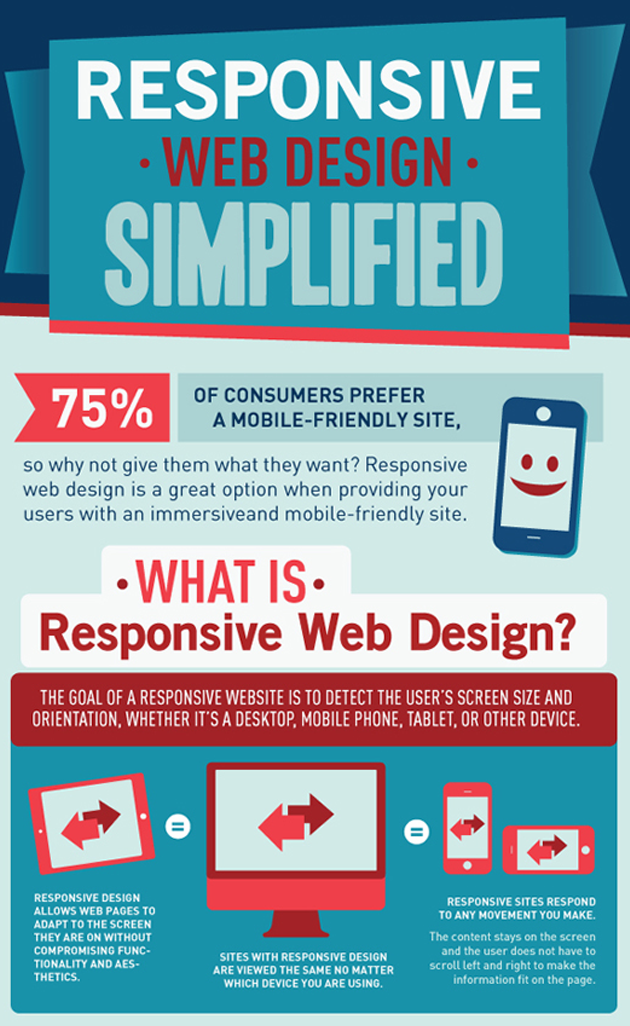The Evolution Of Web Site Design: From Past To Existing
The Evolution Of Web Site Design: From Past To Existing
Blog Article
Written By-Kahn Molina
In the past, sites were basic and concentrated on information. Navigating was direct, and layout was for desktops. Currently, customer experience is crucial. Information guides styles for very easy navigation. Responsive formats fit different devices. Today, dark setting minimizes strain, and minimalist food selections improve navigating. Interactive functions engage individuals, and vibrant visuals stand out. AI assimilation boosts interaction. See exactly how design has evolved to improve your online trip.
Early Days of Web Design
In the early days of web design, simplicity preponderated. Sites were basic, with limited colors, typefaces, and designs. The focus got on giving details rather than fancy visuals. Users accessed the net with sluggish dial-up connections, so speed and performance were essential.
Navigation food selections were straightforward, typically located on top or side of the web page. Websites were made for desktop, as mobile surfing wasn't yet prevalent. Web content was king, and designers focused on very easy readability over intricate style components.
HTML was the key coding language made use of, and designers needed to function within its restraints. Animations and interactive functions were marginal contrasted to today's standards. Sites were fixed, with little vibrant content or individualized user experiences.
Rise of User-Focused Layout
With the development of internet site layout, a change towards user-focused layout principles has ended up being progressively famous. Today, producing websites that focus on user experience is vital for engaging site visitors and achieving organization goals. User-focused style includes understanding the needs, preferences, and behaviors of your target audience to customize the site's format, content, and features appropriately.
Designers now carry out detailed research study, such as customer surveys and use screening, to collect insights and feedback straight from customers. This data-driven method assists in producing instinctive navigating, clear calls-to-action, and visually appealing user interfaces that resonate with visitors. By putting the individual at the facility of the layout process, sites can provide a much more personalized and delightful experience.
Receptive style has additionally become a key element of user-focused layout, ensuring that web sites are maximized for numerous gadgets and display dimensions. This versatility boosts access and functionality, satisfying the diverse ways users communicate with websites today. In essence, the surge of user-focused style symbolizes a shift towards producing electronic experiences that prioritize the needs and assumptions of the end individual.
Modern Trends in Website Design
Check out the most up to date trends shaping website design today. One noticeable fad is dark mode style, using a streamlined and modern appearance while lowering eye pressure in low-light atmospheres. One more crucial pattern is minimal navigating, simplifying food selections and improving user experience by focusing on essential elements. Integrating micro-interactions, such as animated buttons or scrolling impacts, can produce an extra interesting and interactive website. Responsive layout continues to be critical, making certain smooth individual experiences across numerous tools. In addition, using strong typography and asymmetrical designs can include visual passion and draw attention to specific material.
Integrating EVOICL SEO , like chatbots for consumer assistance or customized referrals, improves user involvement and enhances procedures. Access has likewise end up being a significant fad, with developers prioritizing comprehensive layout methods to accommodate varied user requirements. Welcoming sustainability by maximizing site efficiency for speed and performance is one more arising pattern in web design. Working together with user comments and data analytics to repeat and boost design continuously is crucial for staying pertinent in the ever-evolving digital landscape. By embracing these modern-day trends, you can develop a visually appealing, user-friendly web site that reverberates with your audience.
Verdict
As you reflect on the advancement of internet site design from the early days to now, you can see just how user-focused design has actually come to be the driving pressure behind contemporary trends.
Embrace the journey of adjustment and adaptation in web design, always keeping the individual experience at the leading edge.
Remain present with the current patterns and technologies, and never stop advancing your technique to produce aesthetically stunning and easy to use internet sites.
Develop, adjust, and produce - the future of website design remains in your hands.
